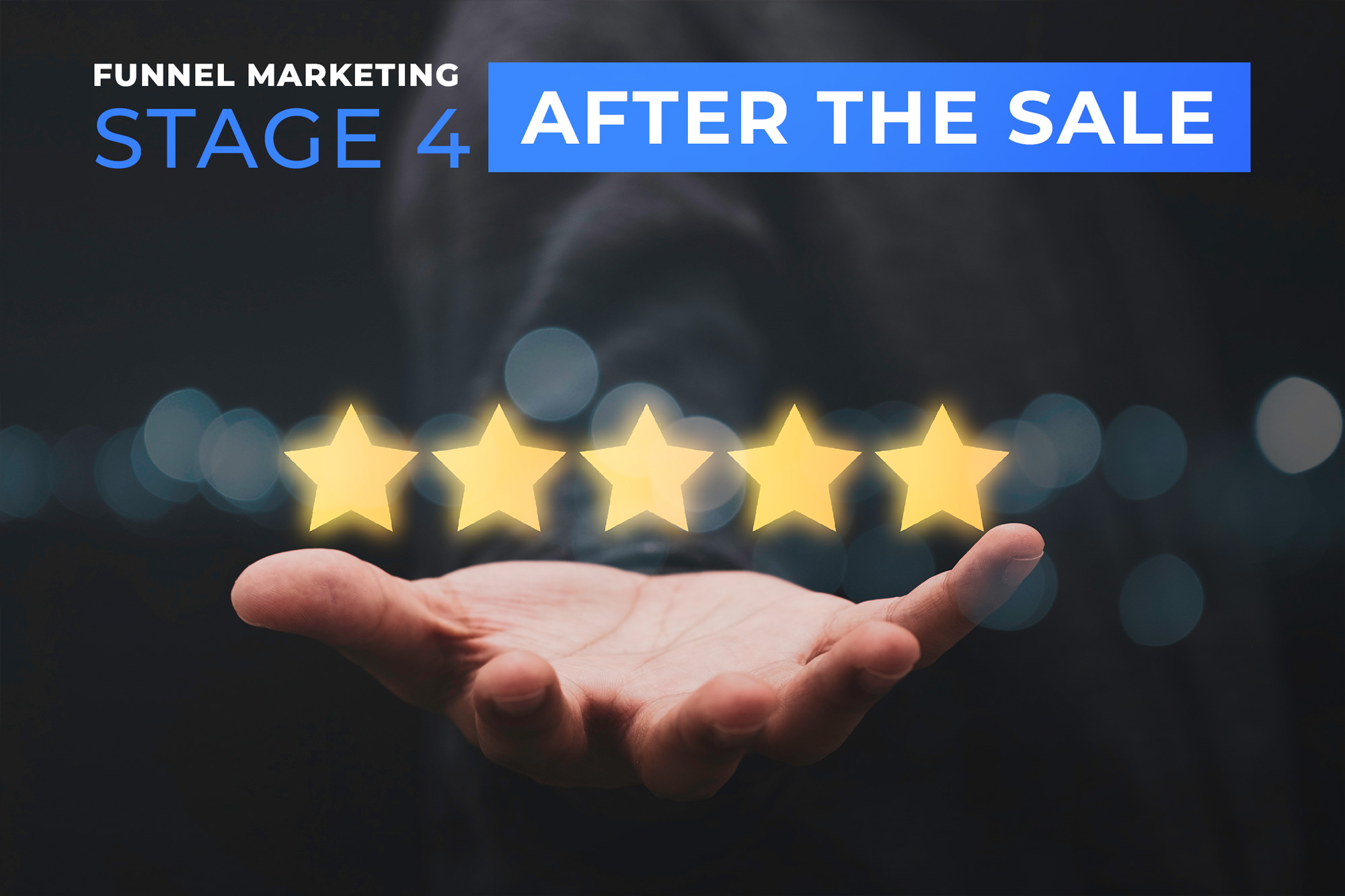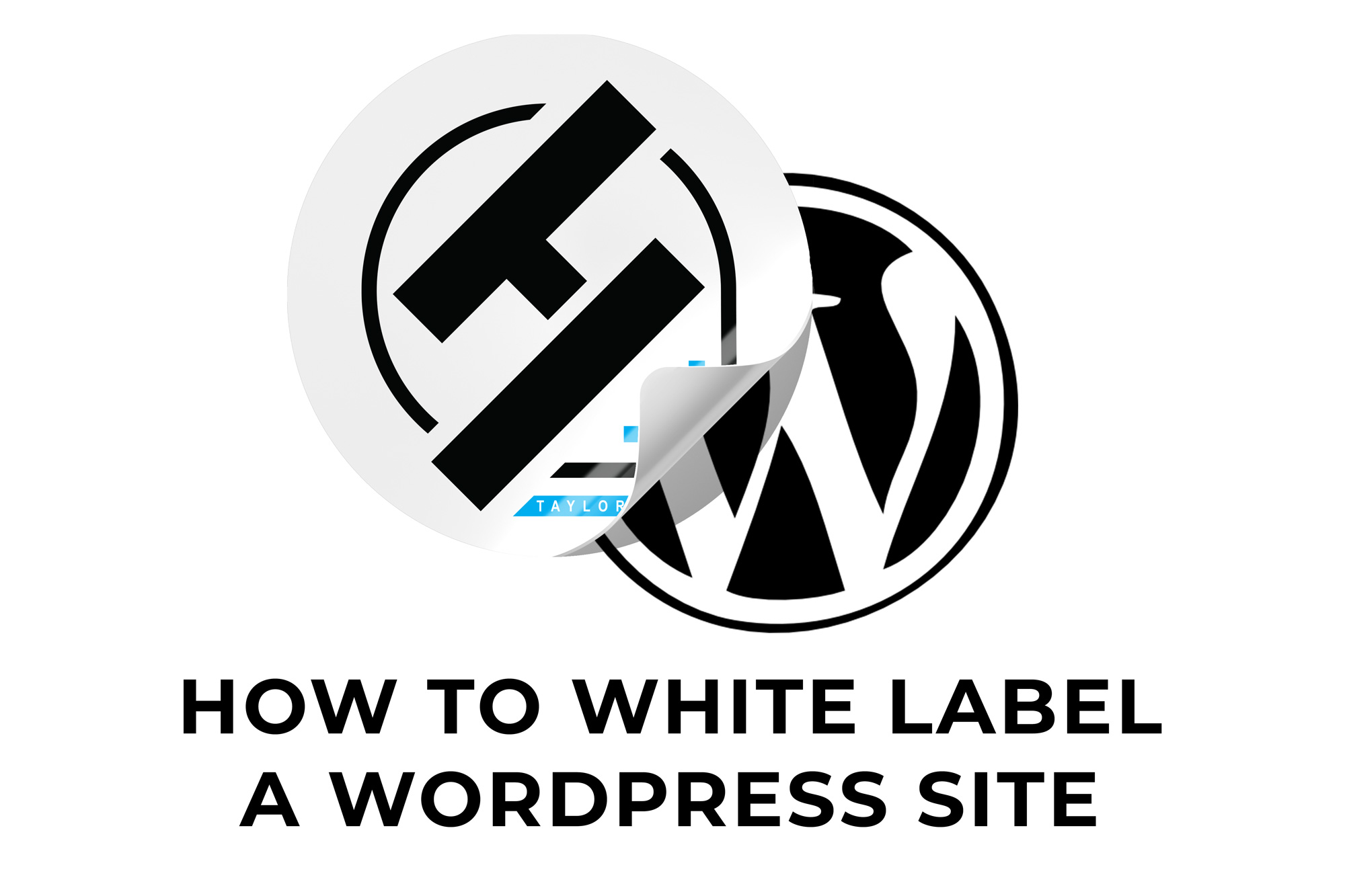What are Funnels?
Funnels was and to some still is the big buzzword around the marketing industry. Traditionally taught as a four step process, funnels are a marketing tactic/strategy that is designed to be automated yet tailored to the desired target market. A holistic approach of always being at the forefront of the consumer’s mind with multiple interconnected pieces via various approach vectors. While some of the items in each stage can be used interchangeably and sometimes have double purpose, this is the general order for which things occur.
Stage 0: Research and Development
While not traditionally taught as a funnel stage (and really not even a funnel stage but important all the same) research and development is key to a successful funnel. Knowing who the target market is and what types of content they desire throughout this process is key to conversion, however most people do not put in the work on the ground floor, and then wonder why they’re not converting as efficiently as a competitor. Simple things like where your potential client will start their search and what kind of content they enjoy are all incredibly important to nurturing the lead effectively.
Stage 1: Awareness
Starting the real part of the funnel, leads often are unaware of the brands or products they’re wanting. Think of how popular Google searches are for phrases like “roofers near me”, etc. Brand awareness is an important part of being a brand for how else will customers buy?
The goal for the Awareness stage of the funnel is to not only capture as many relevant leads as physically possible, but also organize, create prioritization, and begin to nurture multiple variations of leads in an automated, yet personal way.

Stage 2: Interest & Evaluations
Customers don’t just immediately buy from any old company. A GE Shopper Study found that in 2019, 81% of people do extensive research before making a major purchase decision. Don’t fall at this hurdle. Capture the interest of the potential customers and pass their evaluations to convert. Find ways to prove you’re not only trustworthy but can get the desired results. Whether this is through case studies and testimonials to consultations and webinars.

Stage 3: Desire and Action
Cultivating the desire to take action and further refining the confidence in the product/service and brand. Getting customers to make the purchase can be difficult, however there are a number of strategies that can be employed to aid in conversions. Some of these include discounts and coupons, as well as a seamlessly efficient checkout process.

Stage 4: Re-Engagement
A funnel doesn’t just end with a sale, after-sale tactics can increase the customer value. In order to accomplish this goal various methods such as upselling, cross-selling, and converting customers to brand advocates may be employed. All of these various opportunities can be employed after the sale to continue to generate revenue, and are relatively simple to set up.

How to Create Funnels
Creating a funnel may sound simple, and the reality is it can be if properly planned and accounted for, however many people fall flat when trying to embark on this themselves. My general recommendation when creating funnels is to do a few things to make the process simpler.
Action Plan
Plan ahead to accommodate for the various stages of the customer journey. Create a succinct action plan that addresses any and every desired touchpoint interaction. A little foresight now can save the headache later.
Funnels Take Time
Accept that building a funnel from scratch is going to take time to perfect. Sometimes setting up a minimum viable product version of the funnel first and then expanding is the better solution to building a funnel and doing a full launch. This of course depends on philosophy and available resources as sometimes a full launch and campaign is more viable, evaluate your options and deal with it accordingly. Whatever the solution may be, make sure that time and care is taken to present a professional funnel solution.
Optimize
Revisions are a necessity of creating a funnel. Customers will naturally get stuck along the way of a new funnel as what works on paper may not always apply to practice. Observe the analytics and be informed on where the cracks are. Once the cracks are found, work to patch and fix the cracks and eventually a fully optimized funnel will be created.
Conclusion
When approaching funnels, know that these take time to create. Sure there are shortcut platforms which take a lot of the headache out of the creation process such as Kajabi for Masterclass-like programs or ClickFunnels, however an understanding of these parts will help optimization all the more. Funnels are not always the answer but rather a tool in the toolbox of being a marketer and can help generate revenue.





